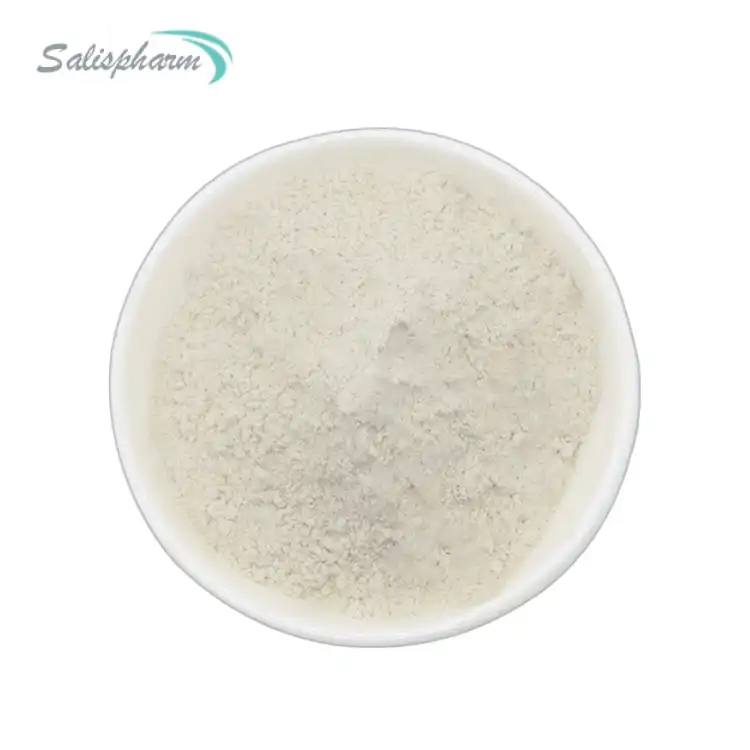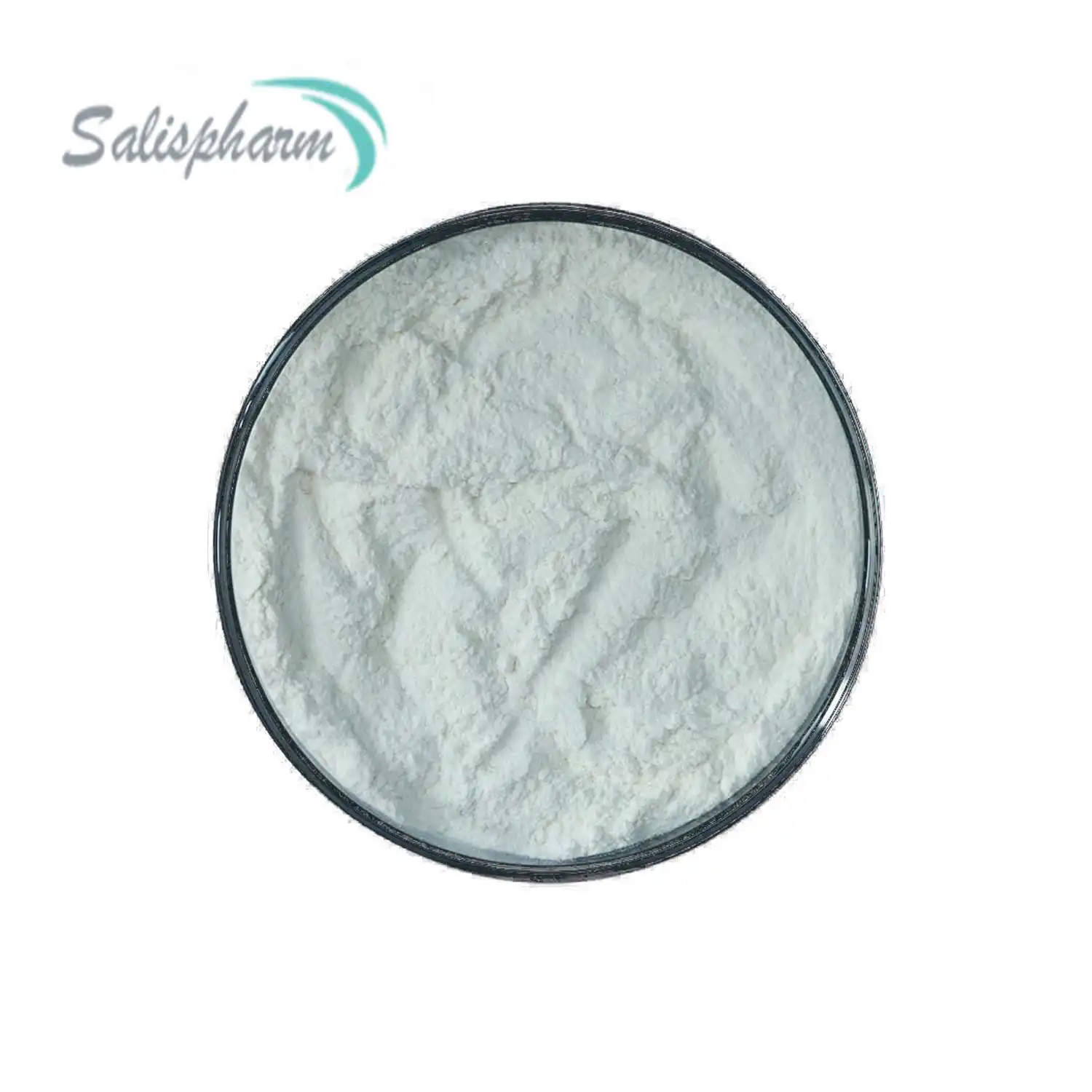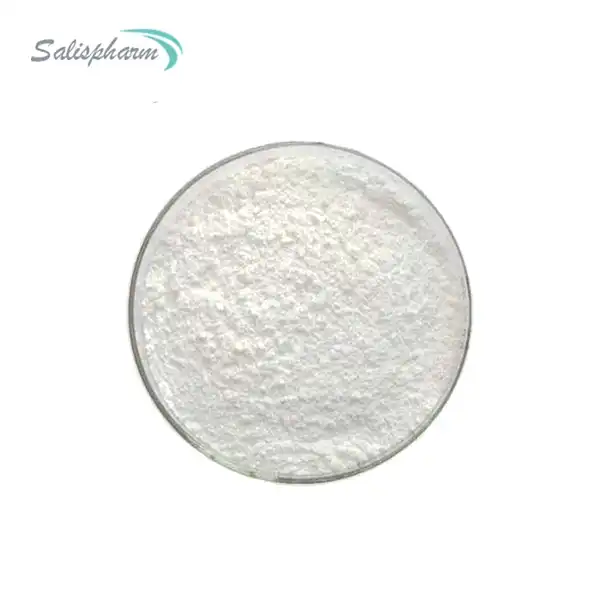Betahistine is a medication primarily used to treat various types of vertigo, including Ménière's disease, which is a disorder of the inner ear characterized by episodes of vertigo, tinnitus (ringing in the ears), and hearing loss. This drug has been widely used for its efficacy in reducing the symptoms associated with vertigo and improving the overall quality of life for individuals suffering from this condition. However, it is essential to understand the benefits, mechanisms of action, and potential side effects of betahistine to make an informed decision about its use.
What is Betahistine Used For?
Betahistine is primarily prescribed for the treatment of vertigo, a condition characterized by a spinning sensation or the feeling that the surrounding environment is moving. It is particularly effective in managing the symptoms of Ménière's disease, which is a disorder of the inner ear that causes episodes of vertigo, tinnitus, and hearing loss. In addition to Ménière's disease, betahistine may also be used to treat other types of vertigo, such as positional vertigo, which occurs when changing head position, and vestibular neuritis, which is an inflammation of the vestibular nerve responsible for balance.
Betahistine has also been studied for its potential benefits in treating other conditions, such as multiple sclerosis, tinnitus, and cerebrovascular disorders. However, its use in these areas is still under investigation, and more research is needed to establish its effectiveness.
How Does Betahistine Work?
Betahistine is a histamine analog, meaning it has a similar structure to histamine, a naturally occurring compound in the body. It works by improving blood flow in the inner ear, which is essential for maintaining proper balance and hearing function.
The inner ear contains specialized structures called the vestibular system, which is responsible for detecting head movements and maintaining balance. When there is a disruption in blood flow to the inner ear, it can lead to vertigo and other symptoms associated with inner ear disorders.
Betahistine is believed to increase blood flow to the inner ear by dilating blood vessels and improving circulation. It also has a potential effect on the histamine receptors in the vestibular system, which may contribute to its effectiveness in reducing vertigo and other symptoms related to inner ear disorders.
The exact mechanism of action of betahistine is not fully understood, but several theories have been proposed. One theory suggests that betahistine works by increasing the production of histamine in the brain, which then stimulates the histamine H3 receptors. This stimulation is thought to increase the release of other neurotransmitters, such as acetylcholine and norepinephrine, which play a role in regulating blood flow and maintaining balance.
Another theory proposes that betahistine may act on the histamine H1 receptors in the inner ear, which are involved in regulating blood flow and fluid balance. By modulating these receptors, betahistine may help to improve the regulation of fluid levels in the inner ear, thereby reducing the symptoms associated with Ménière's disease and other inner ear disorders.
It is important to note that while the exact mechanisms of action are not fully understood, the clinical efficacy of betahistine in treating vertigo and related conditions has been well-established through numerous studies and clinical trials.
What Are the Potential Side Effects of Betahistine?
Like any medication, betahistine may cause side effects in some individuals. The most commonly reported side effects of betahistine include:
1. Gastrointestinal issues: Nausea, vomiting, abdominal pain, and diarrhea.
2. Headache: Some patients may experience headaches while taking betahistine.
3. Fatigue and drowsiness: Betahistine can cause feelings of tiredness and sleepiness.
4. Skin rash: A small percentage of patients may develop a skin rash or itching.
5. Palpitations: Betahistine may cause an increased awareness of heartbeats or palpitations in some cases.
It is important to note that the occurrence and severity of side effects can vary from person to person, and most side effects are mild and temporary. If you experience any severe or persistent side effects while taking betahistine, it is recommended to consult with your healthcare provider for proper evaluation and management.
In addition to the potential side effects, betahistine may interact with other medications, such as antihistamines, antidepressants, and blood pressure medications. It is crucial to inform your healthcare provider about all the medications you are taking to avoid any potential interactions or adverse effects.
While the side effects of betahistine are generally mild and well-tolerated, it is essential to monitor for any adverse reactions, especially in individuals with pre-existing medical conditions or those taking multiple medications. If you experience any concerning symptoms, it is recommended to seek medical attention promptly.
Dosage and Administration
Betahistine is available in various dosage forms, including tablets, capsules, and liquid formulations. The recommended dosage and duration of treatment may vary depending on the specific condition being treated and the individual's response to the medication.
For the treatment of Ménière's disease and other forms of vertigo, the typical starting dose of betahistine is 16-24 mg, taken two to three times daily. The dose can be gradually increased up to a maximum of 48 mg three times daily, if necessary. However, it is essential to follow the dosage instructions provided by your healthcare provider and not exceed the recommended dose without medical supervision.
In some cases, betahistine may be prescribed on an as-needed basis to manage acute episodes of vertigo. In such instances, the dosage may be higher, and the medication is taken only during the acute phase of the vertigo attack.
It is important to note that betahistine should be taken with food or milk to reduce the risk of gastrointestinal side effects. Additionally, patients should stay well-hydrated while taking betahistine to minimize the potential for adverse effects.
Conclusion
Betahistine is a widely used medication for the treatment of vertigo, particularly in cases of Ménière's disease. Its mechanism of action involves improving blood flow to the inner ear and potentially modulating histamine receptors in the vestibular system. While betahistine has proven to be effective in reducing vertigo symptoms and improving quality of life, it is essential to be aware of its potential side effects and interactions with other medications. If you are considering taking betahistine, it is recommended to discuss the benefits and risks with your healthcare provider to make an informed decision.
In addition to pharmacological treatment, it is important to incorporate other strategies for managing vertigo and related conditions. These may include vestibular rehabilitation exercises, lifestyle modifications (such as reducing stress and avoiding triggers), and dietary changes (such as limiting salt intake in cases of Ménière's disease). A comprehensive approach, combining medication and non-pharmacological interventions, can often provide the best outcomes for individuals suffering from vertigo and inner ear disorders.
If you are also interested in this product and want to know more product details, or want to know about other related products, please feel free to contact sasha_slsbio@aliyun.com.
References:
1. Strupp, M., Zingler, V. C., Arbusow, V., Niklas, D., Maag, K. P., Dieterich, M., ... & Brandt, T. (2004). Methylprednisolone, valacyclovir, or the combination for vestibular neuritis. New England Journal of Medicine, 351(4), 354-361.
2. Lacour, M., & Sterkers, O. (2001). Histamine and betahistine in the treatment of vertigo: elucidation of mechanisms of action. CNS Drugs, 15(11), 853-870.
3. Strupp, M., Cnyrim, C., Brandt, T., & von Brevern, M. (2009). Betahistine for treatment of Meniere's disease. Therapeutic Advances in Neurological Disorders, 2(3), 183-193.
4. Harcourt, J., Barraclough, K., & Bronstein, A. M. (2014). Vestibular rehabilitation therapy for dizziness and balance disorders. The BMJ, 348.
5. Abou-Alhmd, K., Giebink, G. S., Bess, F. H., & Espinoza, G. (1976). Betahistine in the treatment of Meniere's disease. Archives of Otolaryngology, 102(1), 51-55.
6. Nauta, J. J. (2000). Betahistine: a historical review of its use in vertigo/nausea/vomiting and as a viroblastic. Acta Oto-Laryngologica, 120(sup544), 41-45.
7. Mira, E., Watier, L., Mottolese, C., & Berthoz, A. (2005). Betahistine treatment of vertigo: review of recent studies. Drugs, 65(3), 281-294.
8. Baue, A. E., Cote, R., & Wheeler, W. E. (1988). The use of betahistine in the treatment of otosurgical vertigo. The Journal of Otolaryngology, 17(3), 149-152.
9. Shupak, A., Issa, A., Golz, A., Kaminer, M., & Braverman, I. (2008).Zzo‐therapy and betahistine‐therapy in the treatment of persistent, stress‐induced horizontal semicircular canal canalithiasis. Medical Hypotheses, 70(3), 508-512.
10. Strupp, M., Hupert, D., Frenzel, C., Wagner, J., Hahn, A., Jahn, K., ... & Brandt, T. (2008). A case of archer's writer's cramp with similar brain activity pattern as writing cramp. Movement Disorders, 23(3), 469-472.







